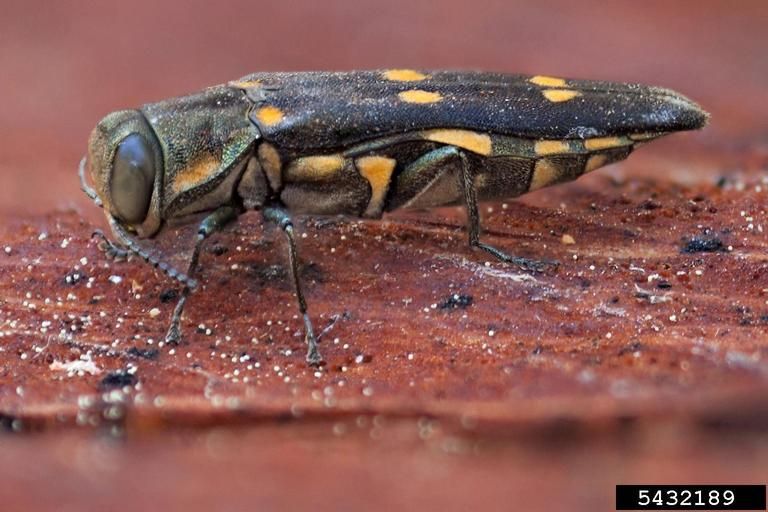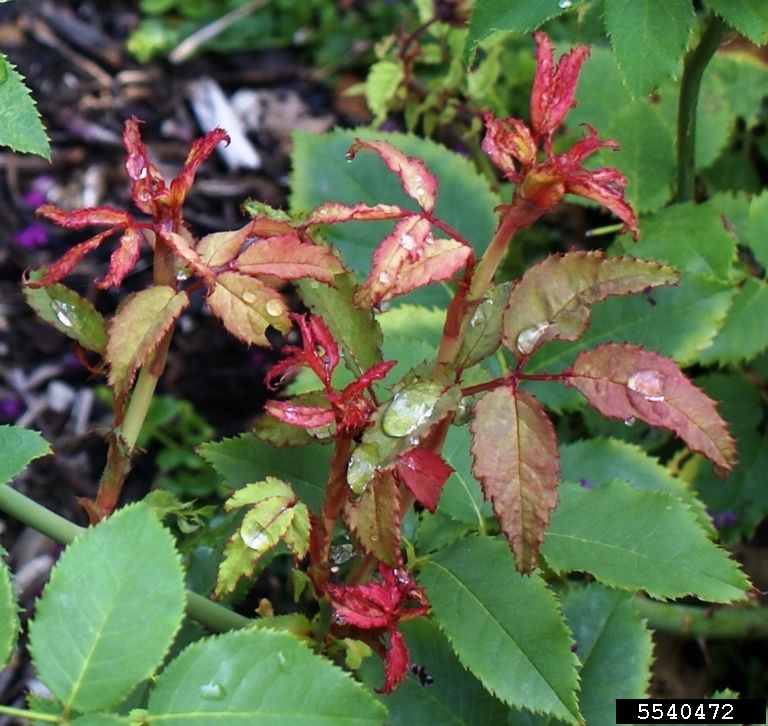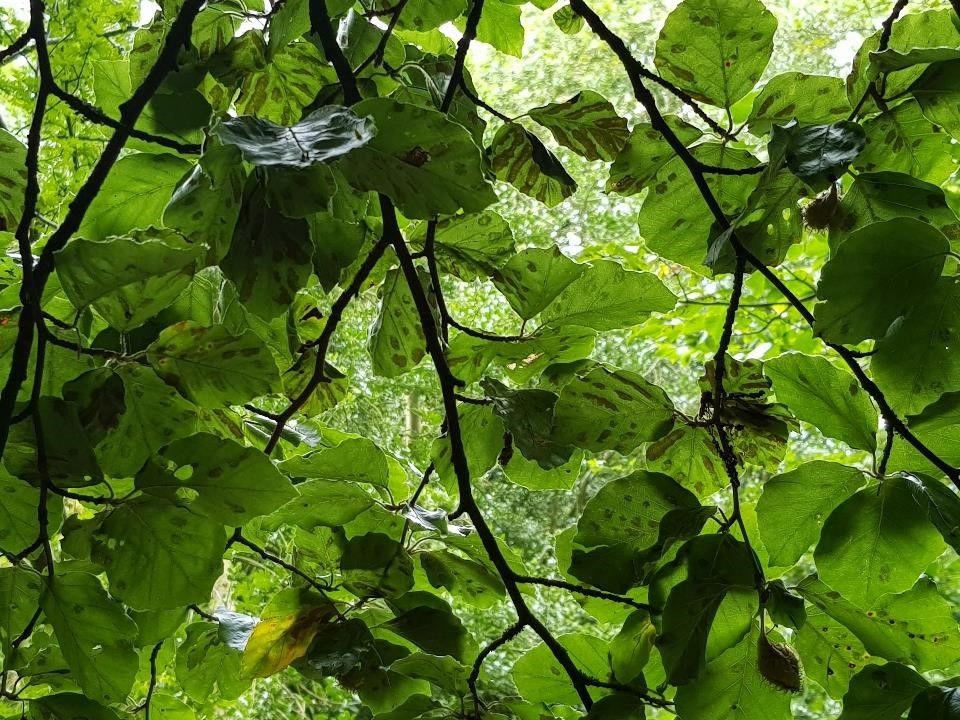Oak Borers Survey

-
Status of project
Ongoing -
Region
Europe -
Country
United States -
Programme
International Plant Sentinel Network -
Workstream
Saving Plants -
Topic
Policy and Advocacy -
Type
Survey
The IPSN previously carried out a survey of European oak species in California botanic gardens in order to gain a better understanding of the impact of three beetle pests, which are known to impact USA oak species (see below for further details). Currently this has been extended to Belgium botanic gardens to expand the understanding and spread of these pests.
Pest 1: The goldspotted oak borer (GSOB), Agrilus auroguttatus, is a flat-headed buprestid (jewel beetle) that poses a major threat to oak trees. GSOB is native to southeastern Arizona, but was first recorded in California in 2004. GSOB larvae feed beneath the bark damaging the xylem and phloem as well as the cambium. Trees die after several years of injury inflicted by multiple generations of the beetle, causing significant economic, ecological, cultural, and aesthetic losses. GSOB poses a severe threat to susceptible oak species throughout California and elsewhere if it spreads.
Pest 2: The two-lined chestnut borer (TLCB), Agrilus bilineatus, is native to North America; adults are recognizable as dark coloured buprestids with two golden stripes running lengthwise along their back. Females lay eggs in bark cracks and crevices. Larvae burrow into the tree and form feeding galleries under the bark. These feeding galleries interrupt the transport of food and water in the phloem and eventually girdle individual branches or the entire tree. They cause similar damage to GSOB. Attacks occur in stressed or dying oak (primary hosts) and less frequently American chestnut. Live healthy trees are typically not infested. Attacks usually begin in the crown of the tree, with some branches dying in the first year. Infestations gradually worsen, and the trees usually die in the second or third year. Incidence of attack by two lined chestnut borer increases following stress such as drought or defoliation from other insect pests.
Pest 3: The Polyphagous Shot Hole Borer (PSHB), Euwallacea fornicatus (= E. whitfordiodendrus), is an invasive beetle that vectors three fungi in the genera: Fusarium, Graphium and Paracremonium. The adult female tunnels galleries into a wide variety of host trees, where it lays its eggs and inoculates the host with the fungi on which the beetle feeds. The Fusarium fungus causes a disease called Fusarium Dieback (FD), which interrupts the transport of water and nutrients in over 110 tree species, which can kill the tree. Experts believe the beetles were introduced into southern California via products and/or shipping material from Southeast Asia. The PSHB/FD complex has been found in other locations including Israel and South Africa. PSHB is a species complex and the taxonomy is not yet fully resolved.
Please get in touch with us if you would like to take part in this survey.
Thumbnail image: Oak borers survey – Mike Lewis, Centre for Invasive Species Research, Bugwood org

